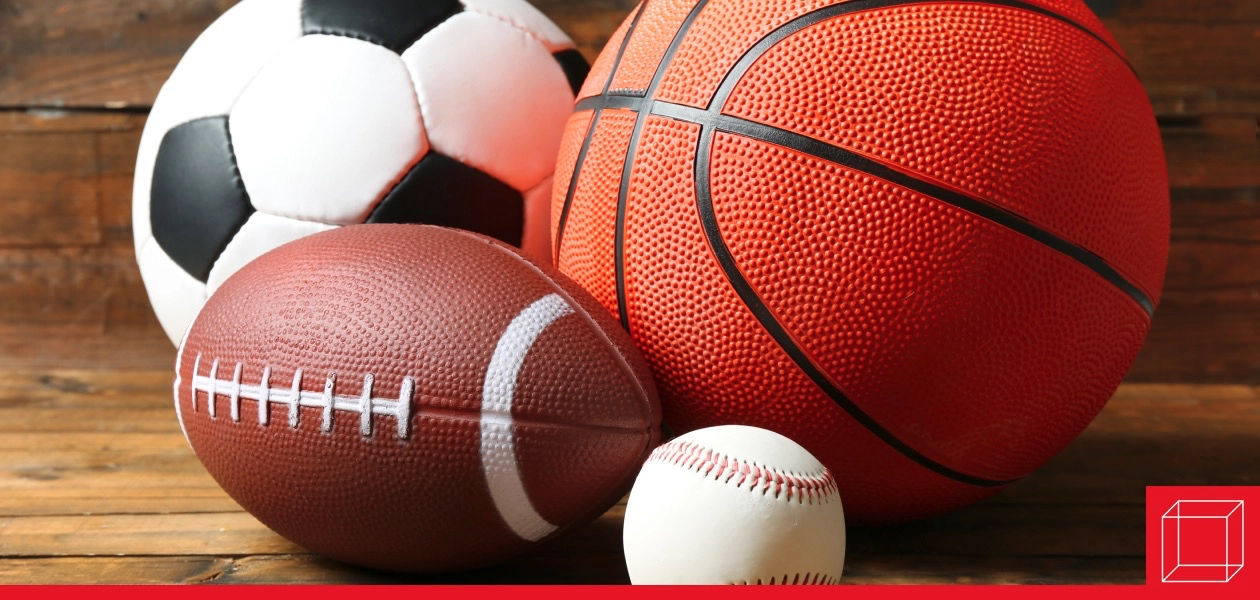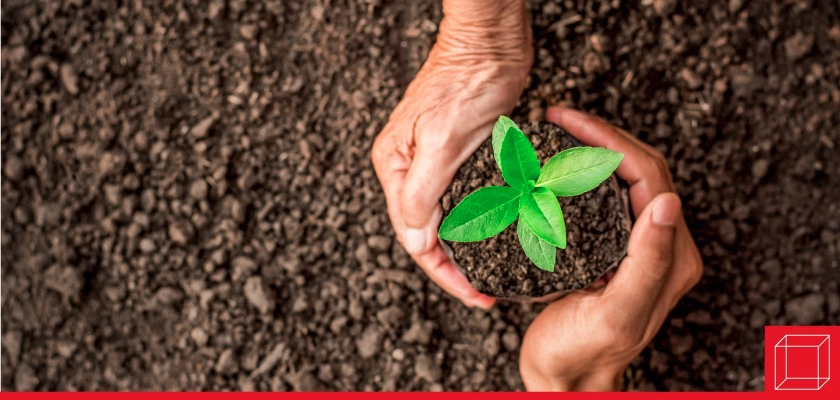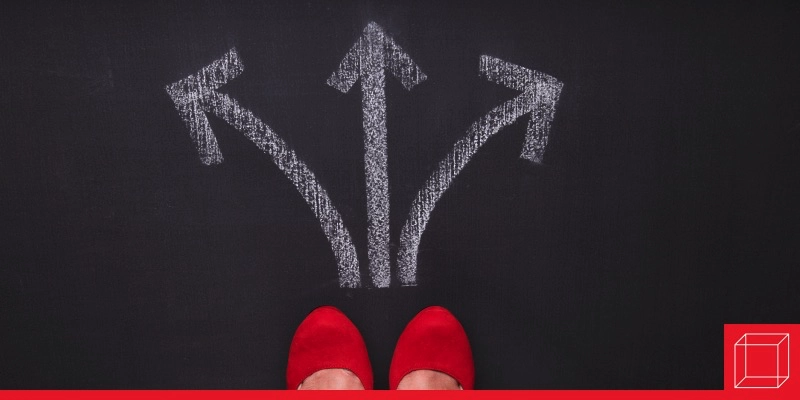The NCAA and the Name, Image, and Likeness Deal: Exacerbating Inequality One Deal at a Time | Oct 2023
“Amateurism” is the driving regulatory concept the National Collegiate Athletics Association (NCAA) adopted in the early twentieth century.

“Amateurism” is the driving regulatory concept the National Collegiate Athletics Association (NCAA) adopted in the early twentieth century. The NCAA defines Amateurism as “. . . maintaining a line of demarcation between student-athletes who participate in the Collegiate Model and athletes competing in the professional model” (NCAA, 2023). Deployed in conjunction with the term student athlete, it allowed the organization more oversight of its member institutions (Smith, 2023). This oversight gave the NCAA the power to legislate competition between institutions and govern how individual players are handled.
This emphasis on player oversight and competitive balance allowed the NCAA to deny students compensation and engage in monopolistic behavior. One anti-labor result of this behavior is that student-athletes serve in the labor capacity, generating revenue for their institutions, while the NCAA restricts them from the rights and benefits that other members of the labor force enjoy (Smith, 2023). Amateurism is the provision that enables the NCAA to operate in this manner.
Amateurism has faced legal challenges since its inception, often under the purview of antitrust and labor laws. Noteworthy challenges include O’Bannon v. NCAA, a class action lawsuit where the plaintiff argued that athletes should be allowed to profit from their name, image, and likeness (hereafter NIL) after graduation (Mittem, 2017). In 2013, Kain Colter of Northwestern University, along with Ramogi Huma of UCLA, filed a petition with their regional branch of the National Labor Relations Board stating Northwestern football players wanted the right to form a union. The bombardment of these and other legal challenges motivated the NCAA to make concessions in how they defended amateurism, and thus the NIL deal was born. As of July 1, 2021, student athletes were allowed to profit from their likeness and status as student athletes (Smith, 2023).
The NIL legislation was met with a mixed reception. For the athletes, it signaled that some of the NCAA’s exploitative practices were loosened, and they would have a chance to benefit from their work (Grambeau, 2021). The move reflected a tacit recognition of what many critics already acknowledged: the players in major revenue-producing sports were more athletes than students (Smith, 2023; Zirin, 2015; Rhoden, 2006). Traditionalists, including many college coaches, lamented the move as another way to exacerbate inequalities in an already competitive athletic marketplace (NBC Sports, 2023). To date, one other point hasn’t been discussed: How does the NIL affect the broader communities from which the athletes come?
The concept of amateurism, and now the NIL, makes the dark, exploitative side of college athletics more publicly palatable. First, as mentioned earlier, the NCAA has historically and successfully been able to define the status of athletes legally in ways that primarily benefit the NCAA and its member schools. In Marxist terms of the conflict perspective of sociology, the NCAA controls the means of production. The NCAA and the schools that are its members preside over the facilities, the terms of intercollegiate competition, and the interlocking corporate structures that provide massive revenues, making them analogous to the bourgeois. As stated before, the athletes, or the individuals who “sell” their labor in the form of their athletic abilities to the NCAA and its member institutions, would be the proletariat.
It may be difficult for fans and spectators to view athletics as a job similar to the jobs that they hold. They likely view sports participation as elective or as a passion project, and therefore the activities associated with athletics are analogous to hobbies. However, the totality of activities in which student athletes engage are required for retaining their scholarships. These scholarships are one-year renewable “grant-in-aid” contracts with stipulations that the student athlete must meet (Smith, 2023). In other words, an athlete can be dismissed from the team if they do not meet the stipulations of their scholarship. In addition, if an athlete gets injured and cannot perform, the resolution of their scholarship can often be discretionary and arbitrary (Lever, 2020).
The total control that the NCAA and member institutions exert over the athletes provides the basis for the athletes to be viewed as workers, with the right to receive wages and unionize. The National Labor Relations Board argued this perspective in 2022 in charges filed against the NCAA, the Pac-12 Conference, and the University of California. The suit indicated that the totalitarian control of the institutions included: the rules controlling if a player receives aid; the amount of time dedicated to the sport; restrictions on compensation, including monetary and other benefits; and regulations on academics and eligibility (Shepherd, 2023; Stryffeler and Nielson, 2023). The Supreme Court itself recognized the monopolistic nature of the NCAA by ruling in 2021 that the organization violated the Sherman Act, which was designed to uphold free commercial enterprise throughout the country (Shepherd, 2023).
The NCAA’s exploitation also has a disparate effect when viewing it through a racialized lens. A study by the University of Southern California’s Race and Equity center reports that Black men comprise 56% of all NCAA football players and 66% of all NCAA men’s basketball players, despite being 3% of undergraduate students (Harper, 2018). These student-athletes often come from poorer, less advantaged backgrounds (Garthwaite, Keener, Notowidigdo, and Ozminkowski, 2020). Athletic programs use these athlete's labor to earn high revenues. The NCAA released pre-pandemic data that reflected its revenue of $15.8 billion dollars (PBS). These revenues are systemically used to finance the bulk of all athletics programs. Athletes in non-revenue sports, who are often white, benefit from the performance of Black athletes (Hextrum, 2023). The high visibility of the Black athletes in these sports supports the myth of meritocracy and upward mobility. Zirin (2013) quotes a former LSU head coach as saying, “Look at the money we make off predominantly poor black kids. We’re the whoremasters.”
Many students in revenue sports do not earn a college degree while they are representing these institutions athletically, further highlighting the exploitative nature of the relationship between athletes and colleges. The athletes are both pawns and victims in an elaborate system that undermines the mission of higher education while netting the universities billions of dollars. Examples of this include the scandal at the University of North Carolina where student-athletes were provided credit for courses that did not exist (Bauder-Hill, 2017). More recently, the starting quarterback of the two-time national champion Georgia Bulldogs did not receive his bachelor’s degree after 8 years of enrollment (Brandenberg, 2023), which is almost twice that granted to other athletes. The NCAA stipulates that grant aid is maxed out at 4 years, with. a few exceptions that can extend it to 5 or 6 years (NCAA).
Student athletes know that they are exploited, and they often feel ostracized from the campus community because of their athletic status (Jolly and Chepyator-Thomson, 2022). This is exemplified by comments from former Ohio State quarterback and national champion Cardale Jones, who said that his focus was not school while representing Ohio State athletically (Brandenberg, 2023). Shabazz Napier remarked he often struggled to find the funds to eat on many nights during an interview that occurred immediately after his University of Connecticut basketball team won the national championship in 2014 (Ganim, 2014). Jones and Napier were both very successful student athletes who were able to ascend to championship attainment, yet their commentary on their work conditions reflects that they were missing even necessities while representing their respective universities.
For many, the NIL seems like an opportunity for the NCAA to provide remediation for these past injustices moving forward. However, the remarks by Jones and Napier also reaffirm two damaging stereotypes for collegiate athletes. These stereotypes have been deployed as rationales to justify the continued exploitation of college athletes, and this exploitation will be made worse as the implementation and discussion of the NIL continues in the mainstream. One stereotype rooted in historical racist tropes associates athletes with criminality and brainlessness (Jolly, 2023; Schools, 2023; Czopp, 2010). Athletes in high-profile sports are thought to live recklessly, intrinsically engaging in deviant behavior both on and off campus. The dollar amounts that the highest-earning athletes bring in also attract the critique that athletes will soil the integrity of the sport via the pursuit of money (NBC Sports, 2023).
The second stereotype is that athletes, especially Black athletes, come from disadvantaged backgrounds and therefore their adoption into university athletics saves them from a worse longitudinal outcome. However, recent research has shown that college athletes tend to come from families with higher socioeconomic status (Tompsett and Knoester, 2021). Some coaches deliberately use social capital in recruiting by setting up pipelines in homogenous suburban areas (Hextrum, 2019; Hextrum, 2018). This finding led researchers to hypothesize that families who have the means to do so invest resources in their children’s development. This means that like athletic department revenues, NIL funds will ultimately enrich families who already have resources, rather than families who are currently or have been historically disadvantaged. Furthermore, most college athletes lack nationwide celebrity, which renders their earning potential from the NIL marginal at best. For example, Vitamin Shoppe employed 14 college players for a campaign, providing them with $100 in wellness products in exchange for their social media endorsement (Whateley, 2022). This is hardly a financial windfall for students who must still negotiate the costs of day-to-day living.
Discourse about college athletics centers on imagining that many students who originate in disparate communities attend college on an athletic scholarship and can improve their life trajectories. These cultural scripts obscure the institutional roles that the universities play in maintaining the exploitative status quo. The NCAA itself promotes this idea, using marketing slogans like “college sports create a pathway of opportunity for student athletes” on its promotional material (NCAA, 2023). However, the reality is that the NIL is reproducing a well-established paradigm in college athletics. Disadvantaged communities see their human capital exploited and do not share in the profits student athletes create.
Questions:
- Does the NIL address the systemic issues within college athletics? Why or why not?
- What are some things the NCAA can do to improve the lives of their student athletes?
- What should the colleges do to improve the lives of their student athletes?
- What are some elements of human capital? How can that help the communities from which the athletes come?
- The article mentioned the foundational sociological concept of conflict theory in analyzing the issue of the NIL and student athletes. What other sociological theory or theories can apply, and how?




